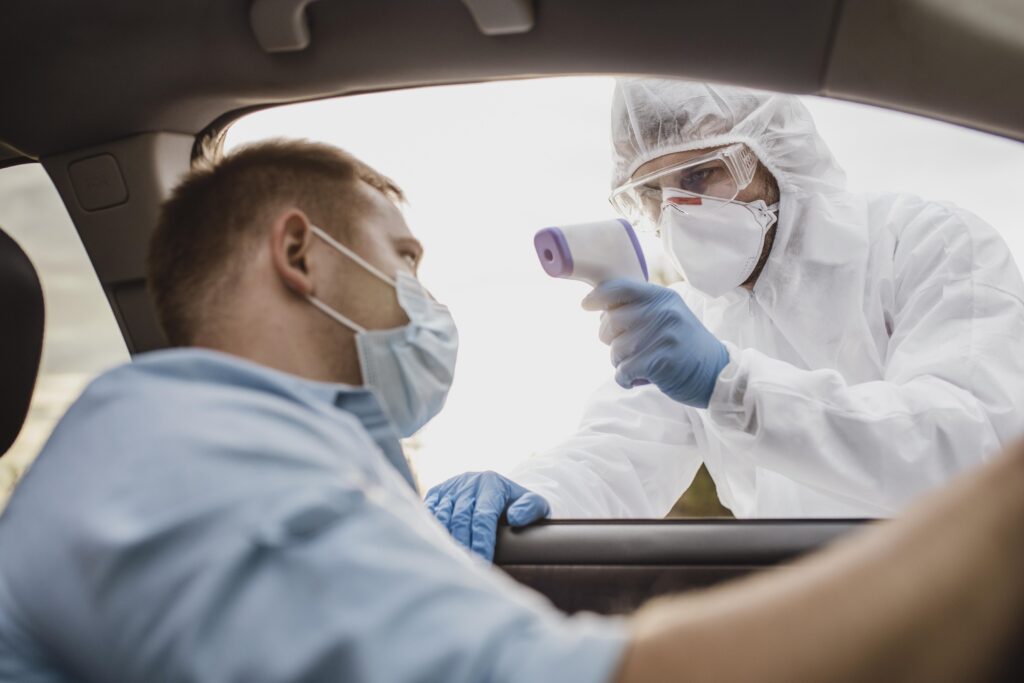Navigating Health and Safety After the Pandemic: Adapting to Our New Normal
Explore how businesses, educational institutions, and individuals are transforming their health and safety protocols in the wake of the pandemic. Uncover trends, advice, and vital measures for navigating today’s environment.
How has the pandemic altered our lives?

The COVID-19 pandemic marked a deeply sorrowful chapter in human history. Beginning in late 2019, the world confronted an unfamiliar virus that tragically claimed countless lives.
Thanks to remarkable progress in medicine, scientists and labs managed to create effective vaccines within a few months, significantly reducing fatalities and helping to control the outbreak.
Today, while COVID-19 cases are still reported, the numbers are considerably lower than before. Regrettably, this virus is one that humanity will likely contend with for many more years due to the absence of a definitive cure.
Fortunately, the current landscape is much improved, and we can confidently say we’ve moved beyond the darkest days. Nevertheless, the repercussions linger, and the world has undeniably transformed since this crisis.
Safety measures were enhanced across various settings. Businesses implemented rigorous protocols, schools had to adapt considerably, and healthcare systems faced significant hurdles to provide secure services. Moreover, the importance of mental health emerged as vital as physical health, making the pursuit of balance a key topic in well-being discussions.
Despite the decline in cases and the gradual shift back to ‘normal,’ the world has not reverted to its previous state. This shared experience has taught us the significance of prevention, compassion, and collective responsibility.
A new perspective on health and safety
As previously noted, there has been a noticeable shift in how people prioritize mental health during this time. Many who didn’t contract the virus still felt its impact, as relentless negative news, social isolation, and ongoing anxiety took their toll.
This has led to mental health becoming a significantly more relevant and valued topic. Issues that were once less frequently discussed, like burnout and anxiety, along with the necessity for supportive environments, are now much more prevalent in conversations.
Furthermore, health and safety have become ongoing priorities. Practices like PPE usage, sanitation, and social distancing have been integrated into our routines, even as restrictions have relaxed.
Transformed spaces
Workplaces and companies
The pandemic hastened a shift that was already underway: the rise of remote work. Numerous companies embraced the work-from-home model, eventually discovering that a hybrid approach balanced productivity with employee well-being.
Additionally, cleaning practices, improved ventilation, and social distancing have become routine in office settings. Safety has evolved from mere compliance to a cultural norm that prioritizes employee welfare.
Educational Institutions
Schools have encountered significant hurdles, striving to maintain education during times of isolation. Online classes, smaller cohorts, mask mandates, and rigorous hygiene practices have become routine for both students and teachers.
On top of academics, emotional support has seen a boost. Today, there’s more emphasis on inclusivity, active listening, and mental well-being in classrooms.
Healthcare Facilities
Hospitals and clinics had to swiftly adjust to ensure the safety of both patients and staff. Screening at entrances, extensive PPE usage, visitor restrictions, and regular sanitization became standard practices.
Additionally, advancements in telemedicine have flourished, facilitating remote consultations. This shift demonstrated that efficient healthcare delivery is possible even during crises.
In Summary
The world has undeniably transformed after all we’ve experienced. The pandemic has left lasting impressions, but it has also imparted crucial lessons. We now possess a heightened awareness of the importance of taking care of our health, both physical and mental.
Workplaces, schools, and healthcare settings had to adapt and innovate, with many of the safety measures adopted during that period still in place. This illustrates that despite challenges, we’ve achieved improvements in many areas.
What’s crucial now is to maintain this focus, continue prioritizing prevention, and foster a culture of collective well-being. Health and safety have evolved from mere protocols to an integral part of our daily lives.



